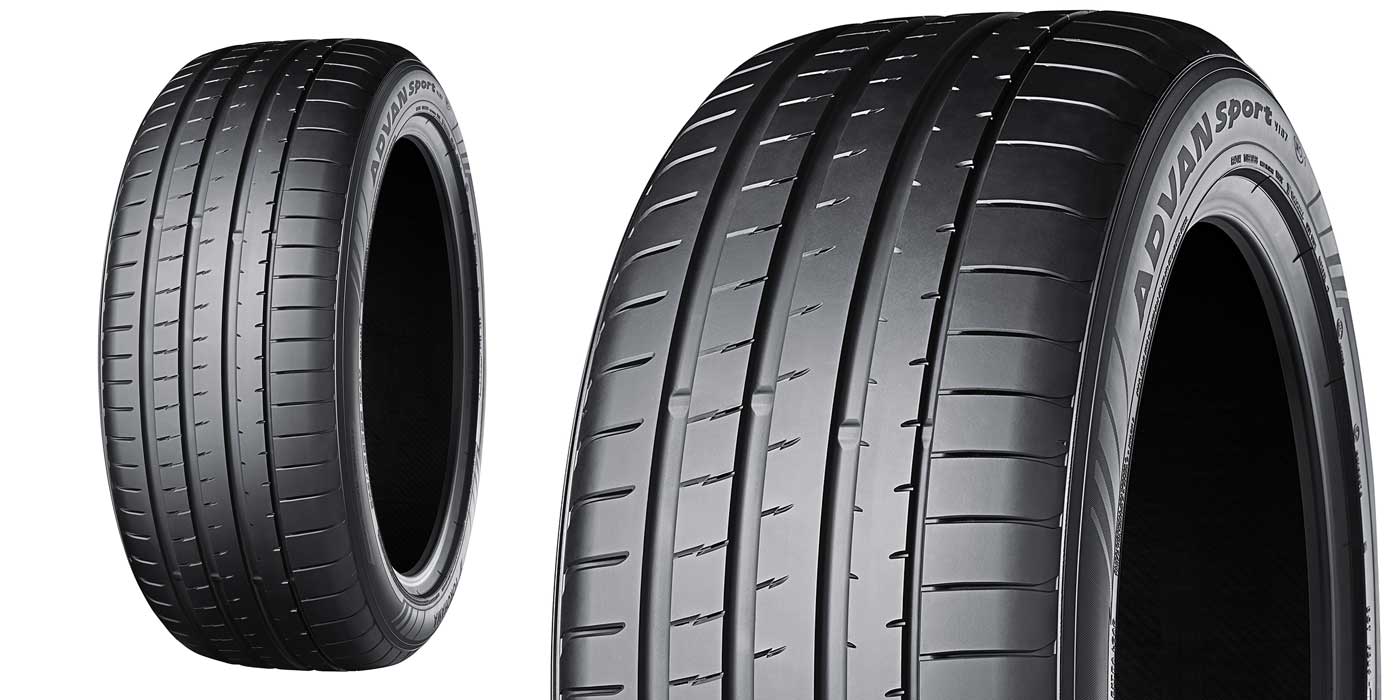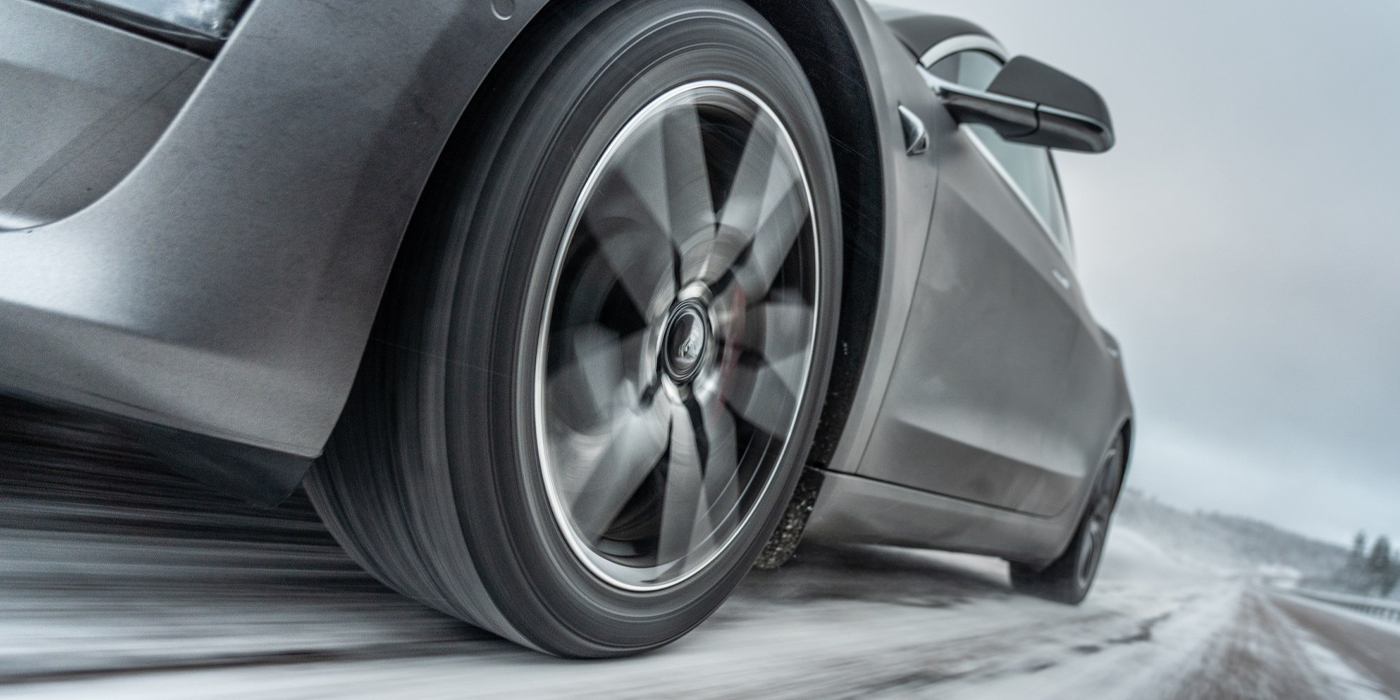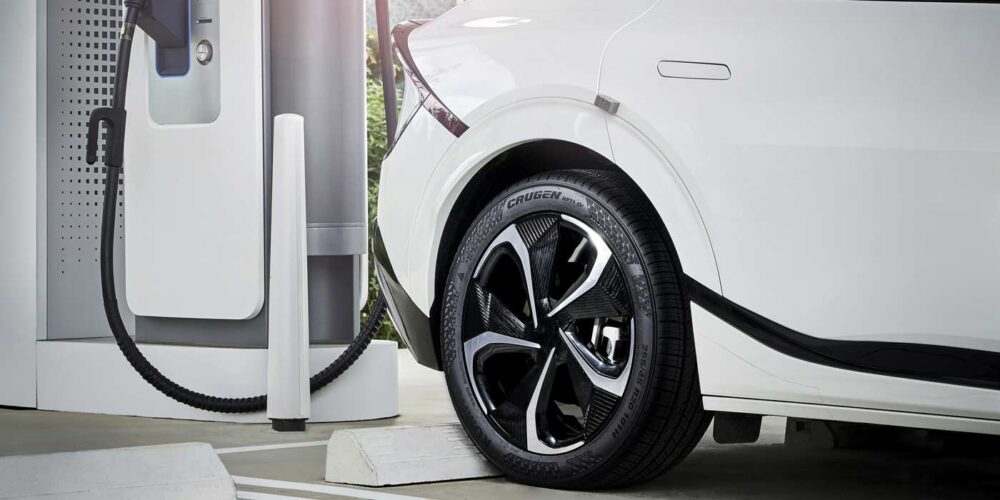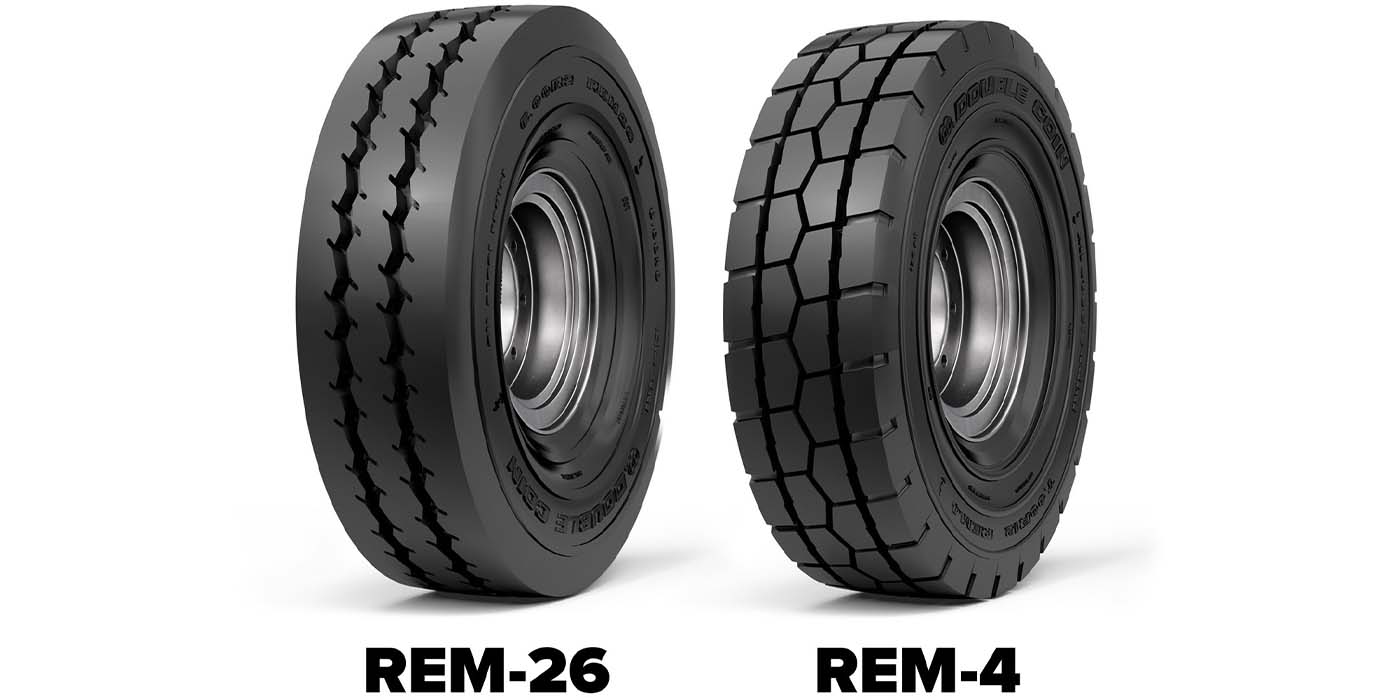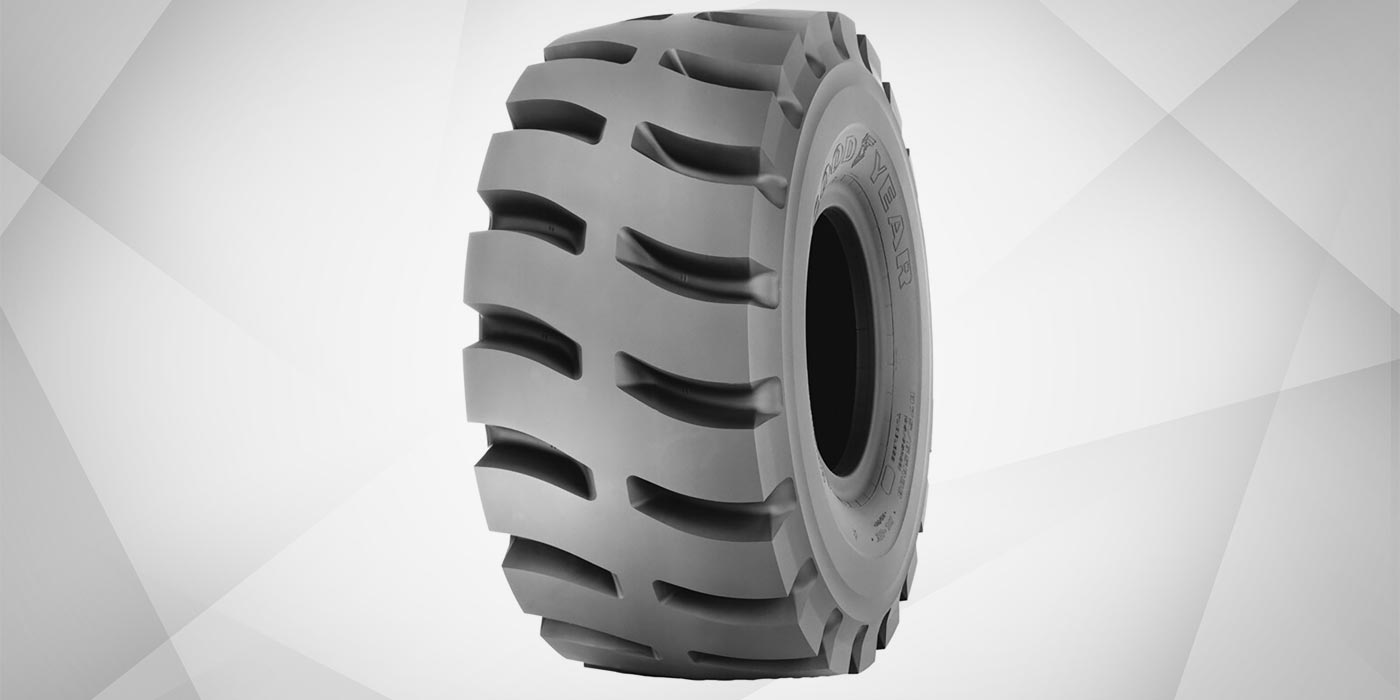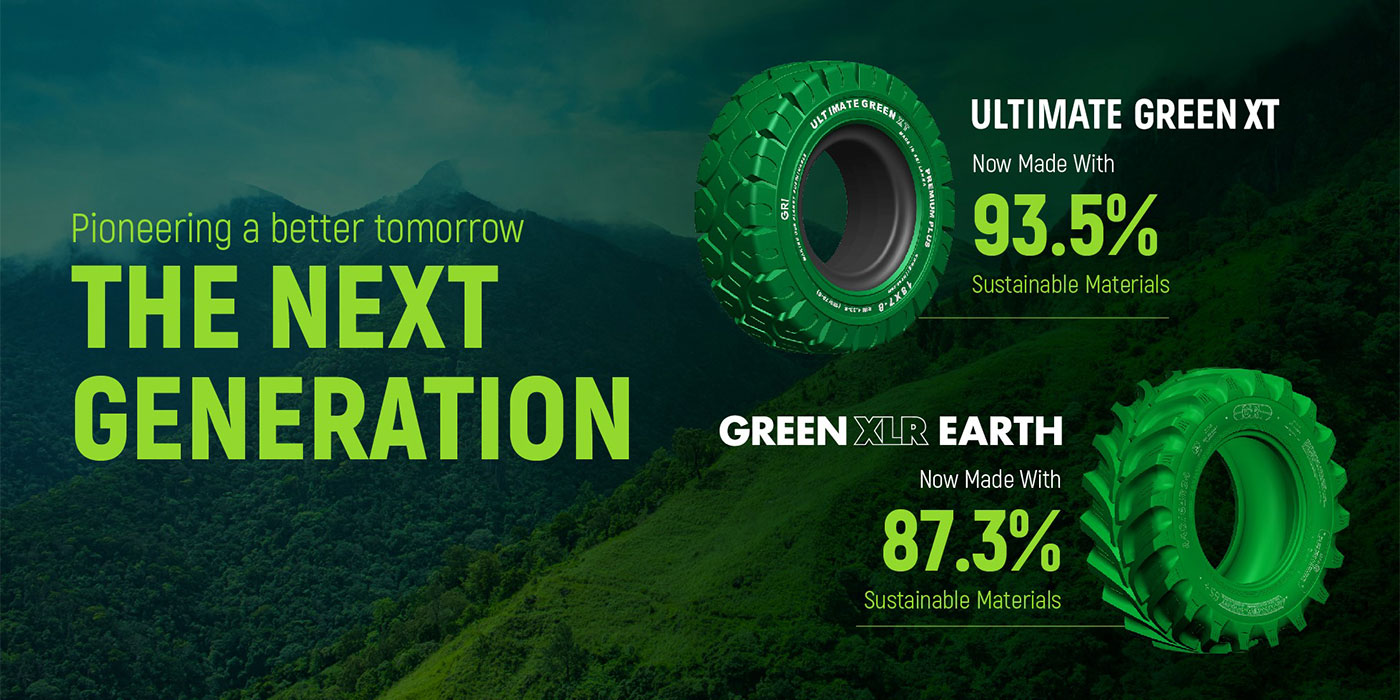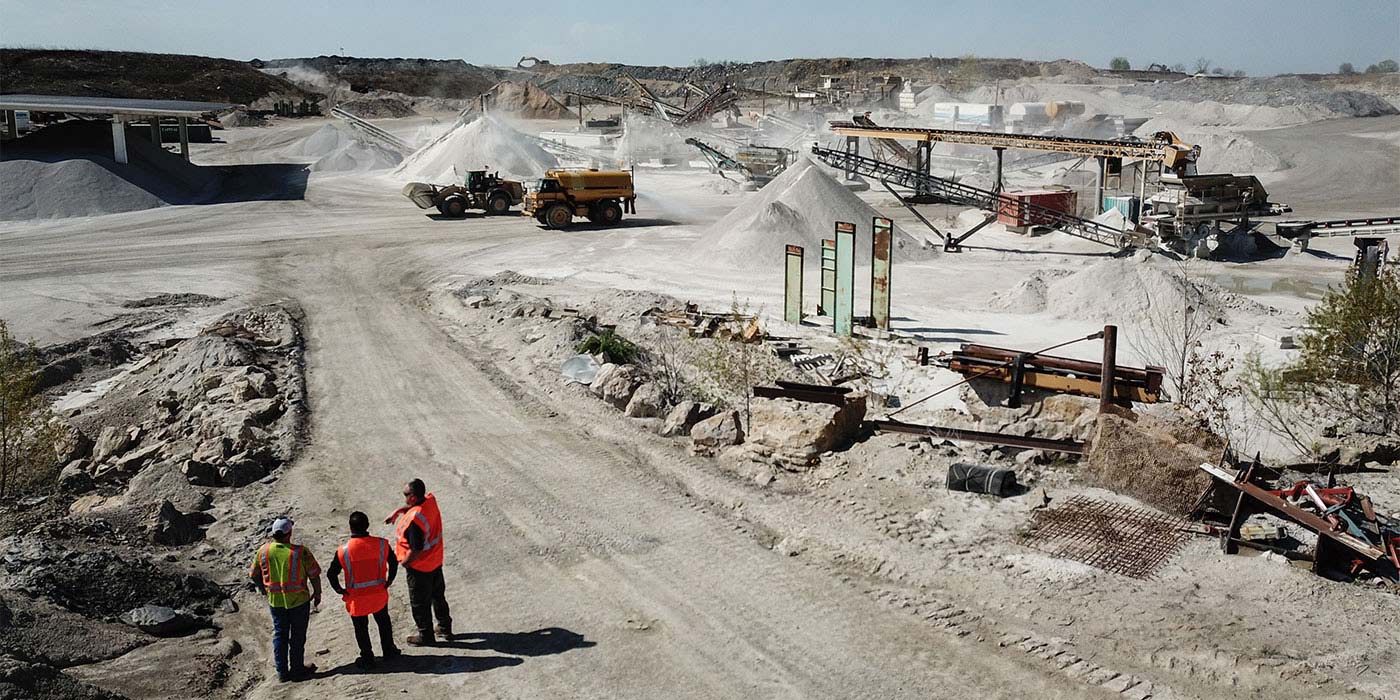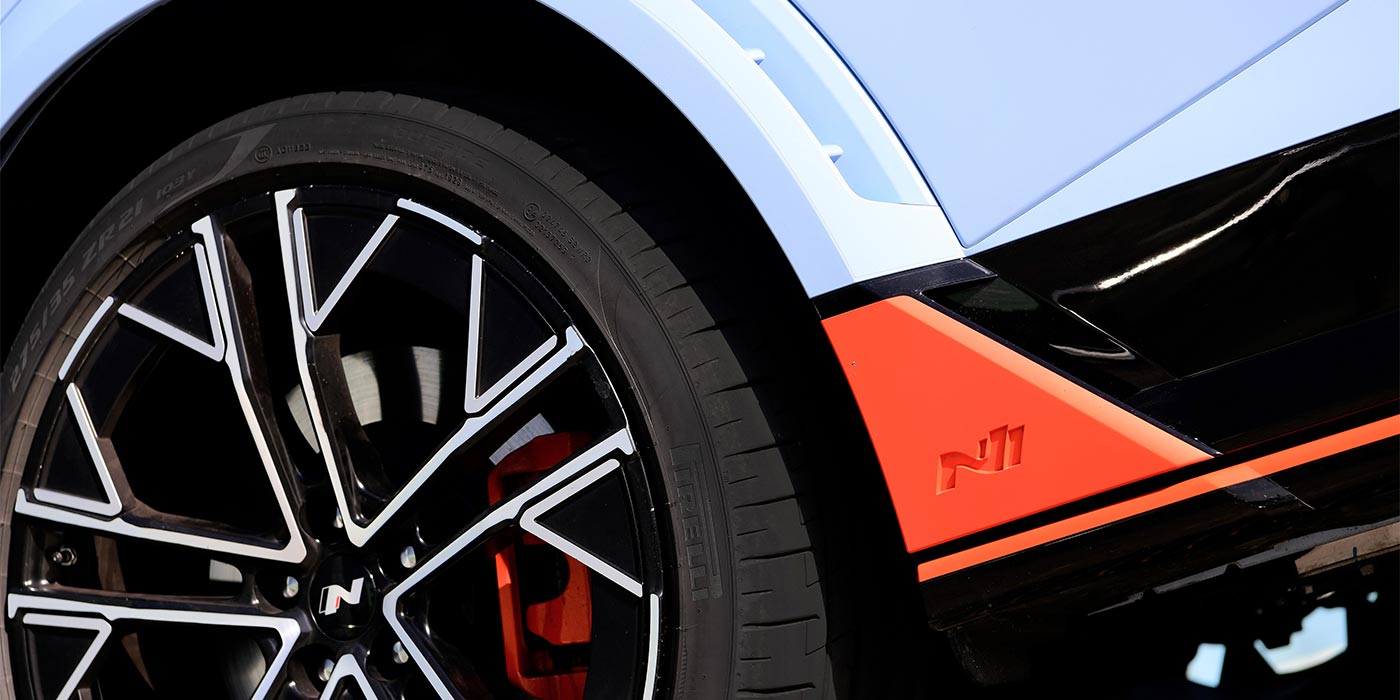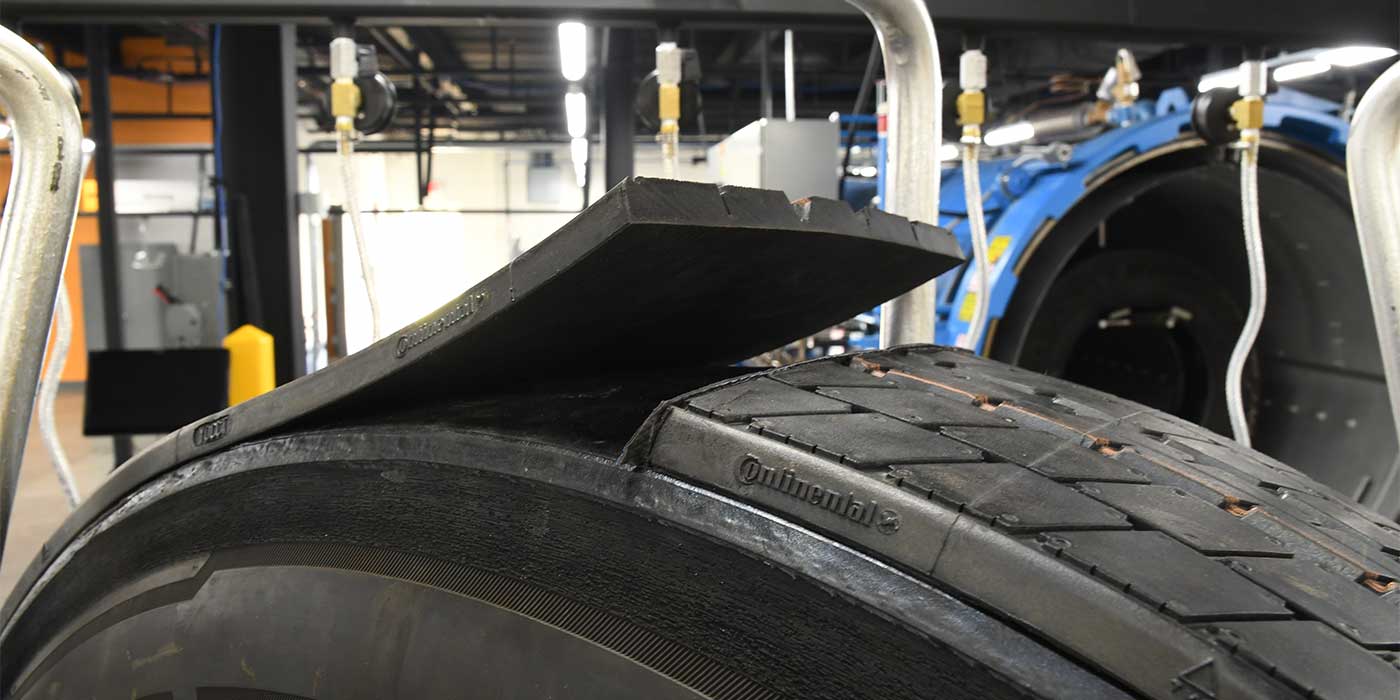The forestry industry, which in recent years has seen ups in certain areas and downs in others, has remained steady overall – and likely is only going to get better, according to several tiremakers in this hard-working segment.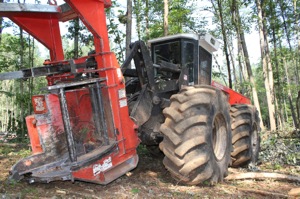
While construction markets in North America tumbled during the recession – and have yet to fully get back on track – growth in developing nations has kept things fairly steady on a global scale. The largest growth is in China, however, which benefits the South American forestry industry more than in North America, according to BKT Tires USA’s North American sales manager Bill Haney, who adds that China purchases more wood products from South America than from North America.
Haney also notes that for North America, the upcoming presidential election will affect forestry in the short-term.
“We believe there will be long-term improvement as construction business returns to full production, and current pent-up demand becomes sales demand,” Haney adds.
Also contributing to the forestry segment’s steadiness is the recent shift from large-scale lumber operations – associated with construction and homebuilding – to the cultivation of pulp and wood chips.
“In the last four or five years, a higher percentage of forestry operations are cultivating pulp as opposed to lumber,” says Cara Junkins, director of sales and marketing at Titan International. “We’ve also seen an uptick in the cultivation of wood chips for energy production. This has been a fairly recent phenomenon, which has really helped the forestry market remain somewhat stable the last few years, in spite of the struggling home building market.”
She adds, “In the near term, we expect continued stability in the market, and we remain optimistic that as the housing market continues to recover, the forestry market will follow suit.”
So while some patience may be required as the market returns to growth, tire dealers can position themselves for success in the forestry segment with the right mix of inventory, equipment and service knowledge.
Keeping Up with Changes
Post-recession, forestry tire customers are paying closer attention to how they’re spending their money.
“They don’t mind spending it, but the returns need to be there,” says Terry Goodwin, forestry tire manager for Alliance Tire Americas. “The logger’s main objective is more production in a safe, environmentally-friendly atmosphere. He’s going to evaluate performance in terms of traction and stability, service life, dependability, and impact on the forest floor.”
While forestry equipment makers are following the same direction as manufacturers of farm equipment – larger machinery with higher yields – there also is a trend toward the use of smaller equipment for cultivation of wood chips and pulp.
“In the regions that will allow it, the machines are getting bigger and stronger – for instance, grapple size tends to get wider all the time,” says Alliance’s Goodwin. “This allows the logger to haul more wood and reduce the number of drags, which saves fuel and is better from an environmental standpoint.
“Tires play a huge role in letting that all happen,” he adds. “Our engineers are continually developing tires to handle bigger equipment and bigger loads, and paying careful attention to developing tread patterns that combine traction with minimal disturbance of the soil.”
“Generally, forestry operations that are cultivating for lumber take the largest trees, and thus, need larger equipment and more of it,” Titan’s Junkins says. “So with the majority of operations cultivating for chips or pulp, we’ve seen sales of smaller forestry tires – 30.5L-32 – remain somewhat stable, whereas the larger sizes have been somewhat stagnant during the recession.”
She does agree that as the home building market returns, bringing about a full recovery in the next few years, “I would expect forestry operations to put larger equipment back out in the forest. This will translate to increased sales of the larger forestry tires, particularly in the 35.5L-32 sizes with higher 20- and 26-ply ratings.”
Though some radialization is occurring with metric tires for cut-to-length operations – a mechanized harvesting system in which trees are delimbed and cut to length directly at the stump – the vast majority of forestry tires are still bias-ply, according to BKT’s Haney. The main tire improvements center around better compounds for cut resistance, he says.
“Not only are bias ply tires less expensive – which is important to loggers – but they also are easier to repair and can offer more cross-ply protection for increased puncture resistance,” says Titan’s Junkins.
She also notes the biggest innovation in tire design has been in the development of puncture-resistant tread compounds. “This is something our formulation chemists are always working to improve, and we’ll continue to release new and improved compounds in the next few years. Titan also developed what we refer to as a high-elongation steel belt package, which essentially offers more flex in the tire’s sidewall and helps with puncture resistance from sharp stumps and tree shards.”
Alliance’s Goodwin says that while forestry equipment may continue to increase in size, it likely won’t get substantially bigger. “I would think faster, easier-to-maneuver machines would be ways to attract buyers,” he adds.
“For tire designers, speed and maneuverability pose challenges in tread design, sidewall and bead construction, heat dissipation and how to optimize the shape of the contact patch between the tread and the soil,” Goodwin says. “Once we see any dramatic changes, the tire manufacturers will react with the proper tire for the application.”
He adds Alliance’s tire engineers are addressing enhanced compounds, stronger bead bundles and heavier sidewalls to meet requirements of load, speed, environmental safety and long service life – which is measured in durability and return on investment.
Looking ahead, Goodwin sees all forestry tiremakers working to develop products that are more environmentally-friendly – with features like lower ground pressure and better traction with less rutting. “We are always addressing higher load-carrying capacity and working on stronger sidewalls while still maintaining a user-friendly ride. I think we’re all looking for the perfect compound.”
Tire Dealer Outlook
For dealers considering entry into the forestry tire segment, there is a somewhat hefty up-front cost to keep in mind. At minimum, dealers need the proper crane truck, large size inflation cage and mounting hand tools or a mounting machine, according to BKT’s Haney.
Up-front investment costs can range from $50,000 to $200,000, depending on the type of truck and tools selected, Alliance’s Goodwin says, adding, “A dealer needs to stock at least two of each of the most popular sizes in his area.”
“For service, it’s essential that a dealer have a good boom truck that is capable of servicing today’s larger forestry equipment,” Titan’s Junkins says. “This can be upwards of $50,000, even for a used truck. As for inventory, I would recommend stocking a fair amount of the most common size of forestry tire, which is 30.5L-32. In the future, 35.5L-32 tires in 20- and 26-ply will become more commonly used, and it will be important to have a fair amount in stock.
“Even though a dealer shouldn’t expect to sell a lot of the smaller sizes – 28L-26 and below – there will inevitably be some forestry operations that have older equipment that is still in use, so I would suggest stocking at least four tires in each of the smaller sizes at any given time. Depending on region, it may also be a good idea to stock specialty tires, such as high-flotation,” she adds.
According to Goodwin, common forestry tire sizes vary geographically: in standard tires, 28L-26, 30.5-32 and 35.5-32 are typical; common metric sizes include 700/40-26.5, 700/50-26.5 and 750/55-26.5; and in wet areas, 67/34-25, 66/4300-25 and 73/4400-32 are common.
One the service side, Haney advises close scrutiny for damaged wheels, which can be common in forestry applications.
Junkins says the dealer who provides excellent service after the sale is the dealer who will be most likely to succeed – and in today’s market, that often means providing nearly 24/7 service in the field.
“In terms of servicing equipment, the boom trucks of a decade ago may not cut it anymore, simply due to the fact that forestry equipment has grown in size,” she explains. “If a dealer wants to be well-positioned for the future, he needs equipment that can handle servicing the larger forestry tires, like the 35.5L-32.”
Junkins adds dealers also need to be well-trained on recommending the right tire for a given application and educating the customer on proper maintenance – most importantly, maintaining the recommended tire inflation pressures.
Goodwin cautions that in-field repairs should be limited to a tire’s tread area. “The size of the injury will determine whether it can be done in-field or in a section repair shop. Any shoulder or sidewall injury – of any size – normally needs to be section repaired.”
Even with the potential for sizeable entry costs and demanding equipment needs, offering trusted service and consultation for forestry customers can prepare tire dealers for the future – when the segment will go from holding steady to a true growth pattern.

